Table of Contents
Guide

Crack the Marketing Case and
Interview like a CMO
Crack the Marketing Case and
Interview like a CMO
Nitish Rai Gupta

First published in India 2016
2016 by Nitish Rai Gupta
All rights reserved. No part of this publication may be reproduced or transmitted in any form or by any means, electronic or mechanical, including photocopying, recording, or any information storage or retrieval system, without prior permission in writing from the publishers.
No responsibility for loss caused to any individual or organization acting on or refraining from action as a result of the material in this publication can be accepted by Bloomsbury or the author.
The content of this book is the sole expression and opinion of its author, and not of the publisher. The publisher in no manner is liable for any opinion or views expressed by the author. While best efforts have been made in preparing this book, the publisher makes no representations or warranties of any kind and assumes no liabilities of any kind with respect to the accuracy or completeness of the content and specifically disclaims any implied warranties of merchantability or fitness of use for a particular purpose.
The publisher believes that the content of this book does not violate any existing copyright/intellectual property of others in any manner whatsoever. However, in case any source has not been duly attributed, the publisher may be notified in writing for necessary action.
BLOOMSBURY and the Diana logo are trademarks of Bloomsbury Publishing Plc
E-ISBN 978 93 86141 44 6
2 4 6 8 10 9 7 5 3 1
Bloomsbury Publishing India Pvt. Ltd
Second Floor, LSC Building No.4
DDA Complex, Pocket C 6 & 7, Vasant Kunj
New Delhi 110070
www.bloomsbury.com
Created by Manipal Digital Systems
To find out more about our authors and books visit www.bloomsbury.com.
Here you will find extracts, author interviews, details of forthcoming events and the option to sign up for our newsletters.
I learnt insights about marketing concepts and new relevant frameworks which can be applied in marketing problems. Student at IIM Calcutta
I will definitely come for the next session as well. It was a great crash course which actually gave me tools to apply in my next interview as well as in solving case studies in class. Student at IIM Bangalore
The marketing framework discussed was excellent. It gave me confidence to handle my marketing interview and would recommend this as a must attend for all marketing aspirants. Student at FMS, Delhi
Theory & practical aspects of marketing have been blended really well. Student at XLRI Jamshedpur
Remarkable session to the point and extremely engaging. Student at IIM Ahmadabad
Contents
The big guns in marketing - P&G, Unilever, J&J, Samsung, Coca Cola, etc. have proven that organizations focused on marketing in their top priority, tend to create greater consumer and shareholder value in the long run. Therefore, we find more and more companies around the globe today being restructured with marketing as the core. This has had huge implications in the marketing talent recruitment and development process - whether for individuals fresh out of university or for seasoned professionals.
The marketing field has witnessed a big change, with the interview process becoming more scientific and technical to ensure that the recruiting organizations are able to identify candidates with the right sets of skills (personal and technical) and motivation. Key outcome of this has been the move to structured marketing interviews where the interviewer, through the help of marketing conversations as well as life cases, tries to evaluate the candidates fit for a career in marketing.
Over the years, marketing has gained significant relevance because at the core of any marketing plan is the consumer wherein the brand identifies an unmet need that it can address better than the competition can. On the basis of this very insight, the proposition is developed which addresses the need meaningfully. On this proposition, the complete go-to market plan is developed including the product/service features, the channel strategy, the promotion strategy, the pricing etc. All of this is done while keeping in mind the competitive landscape (direct and indirect) in which the brand will be competing for consumer attention.
The fundamental principle, thus, remains the same for any industry, though different aspects of the go-to market execution might have varying relevance depending on the product/service type. For instance, for marketing a toothpaste brand, top of mind awareness and immediate availability might be more important whereas for marketing a computer, recommendation from the sales assistant at the store might hold greater importance. However, both the brands will need to identify relevant consumer insights that they want to tap into and suitably arrive at a proposition which the marketing plan then brings to life at relevant touch points.

Let me share a few examples to show the applicability of core marketing principles across industry types. Lets start with the technology industry, where Michael Dell took on IBM by differentiating his offering in the market place. The key for Dells success was the fact that it tapped into a relevant consumer need and came up with a differentiated positioning, providing its consumers with the choice to pick and choose the features they want in their computers. Further, the go to market plan brought this strategy to life when customers could order their specific computers on phone and the final product was couriered to their homes. This application of basic marketing principles enabled Dell to take on a big playerlike IBM in its own meaningful way.
Now well look at the retail food service industry. The brand in question, Dominos, identified an unmet consumer need (on-time delivery of food) and galvanized its system to bring this proposition to life via a concerted go-to market effort. This included developing a system that helped Dominos to make pizzas efficiently. For instance, using mesh trays to cook pizzas in ovens instead of conventional wooden or stainless steel trays to enable faster and even cooking of pizzas. The marketing campaigns included the 30-minute-delivery guarantee which was revolutionary in the category when introduced by Dominos.
One of the top champagne brands, Moet and Chandon has successfully leveraged influencer marketing. The brand built on its core consumer understanding and established the proposition as a brand for the upper class by seeding it among the high-society influencers across time. This go-to market plan has been successful over a sustained period of time. It started with the influencer campaign way back when the likes of Queen Victoria were seen as consumers of the brand and consequently drove its appeal across a bigger consumer segment. Even today the brand continues to hold relevance by influencing the big shot influencers like, entrepreneurs, people from the fashion industry, etc. Once people in this segment are seen consuming Moet, it builds an appeal on a broader consumer base. Thus, the basic marketing principles enumerated earlier were applied here as well.

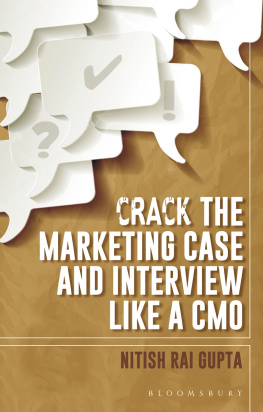
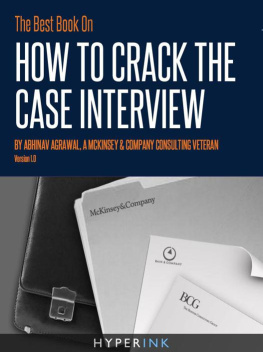
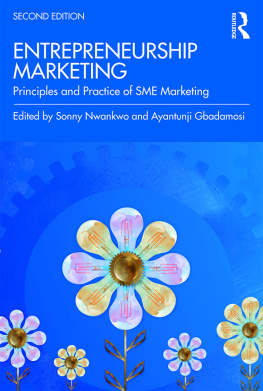
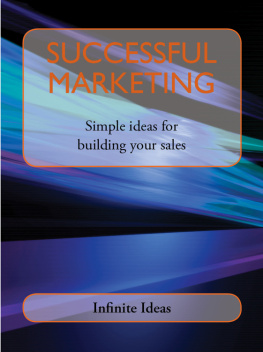

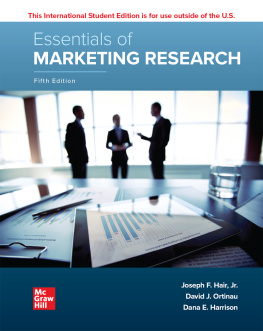

![Heather Fitzpatrick [Heather Fitzpatrick] - Marketing Management For Non-Marketing Managers](/uploads/posts/book/124049/thumbs/heather-fitzpatrick-heather-fitzpatrick.jpg)



